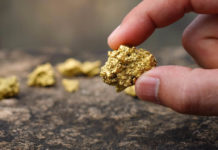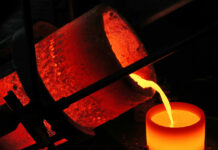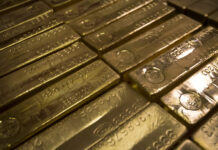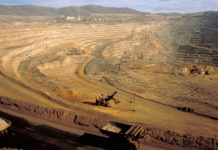
[miningmx.com] — THE gold bulls are still strutting around this year, fully satisfied with themselves. The price of their metal (or is it perhaps a religion?) rose by 23% over the year, producing one of the better investment performances. In fact, at the current price of around $1 400/oz there’s a good chance of it closing at a new record level this year.
But all that glistens isn’t gold. The price of silver – a rather lowly precious metal vis-a-vis gold – increased 65% this year and it doesn’t look as if it’s yet reached its peak. Silver has been money along with gold for years and now there’s only paper money left (of which too much is being printed) there’s justification for claiming gold is the only choice. Nevertheless, humble silver was a useful alternative over the past year.
Even copper, which is lower down the currency ladder – after all, a penny is made from copper – saw a price increase of 33% over the past year, which also beat gold. But copper is currently more of an industrial metal – everything in the fields of electricity and communications uses copper. In fact, copper reflects the progress of the global economy and that 33% increase tells us things aren’t so bad, even though the economies of the United States and Europe are struggling with fiscal deficits.
Crude oil – with its 27% increase – shows it still doesn’t have to play second fiddle to gold. For years, various South African gold bulls religiously watched the oil-to-gold ratio: or how many barrels of oil you could buy with an ounce of gold. The current answer is between 11 and 12, and there’s change in that.
For those experts who know how energy works and how many units each source contains, the 17% fall in the price of natural gas versus the 27% increase in the price of oil must be very illuminating. Perhaps gas will be the future source for generating electricity.
However, it was the agricultural market – the so-called “softs’ – that attracted much attention over the past year. The self-satisfied gold bulls would do well to look at the 43% increase in the maize price and the 40% of wheat last year. Coffee beans are also 46% more expensive than they were a year ago.









